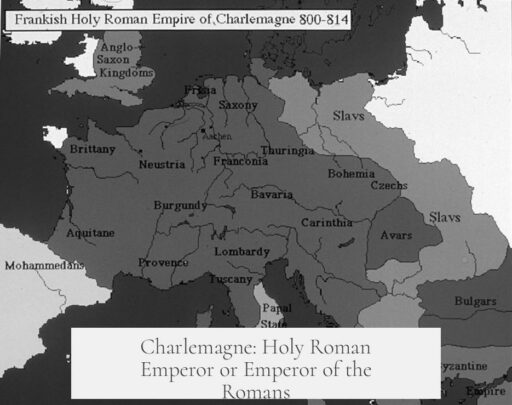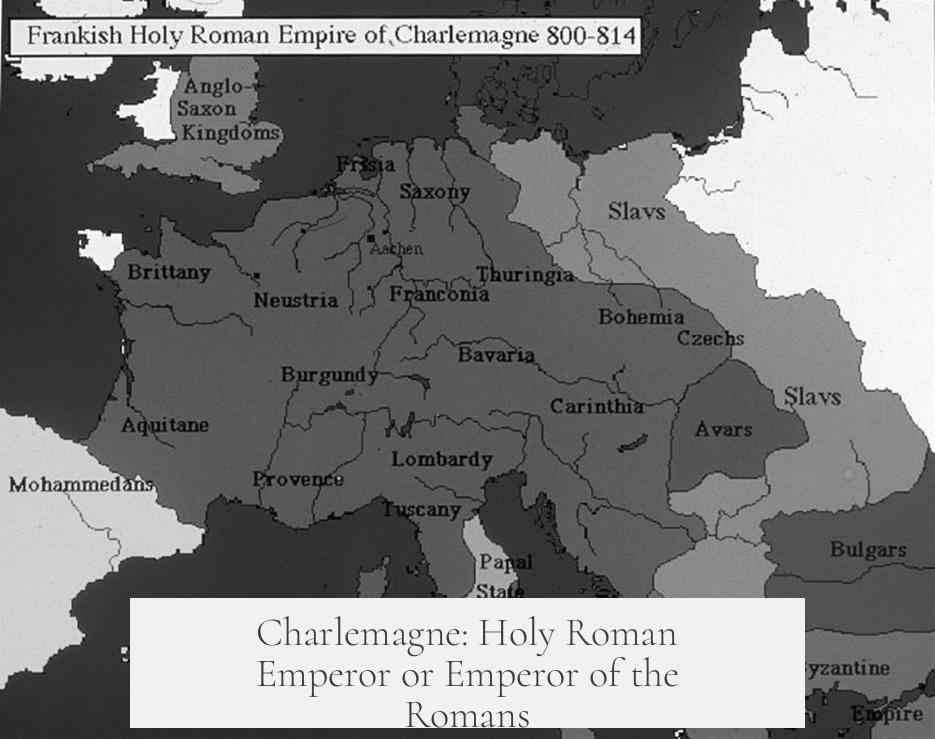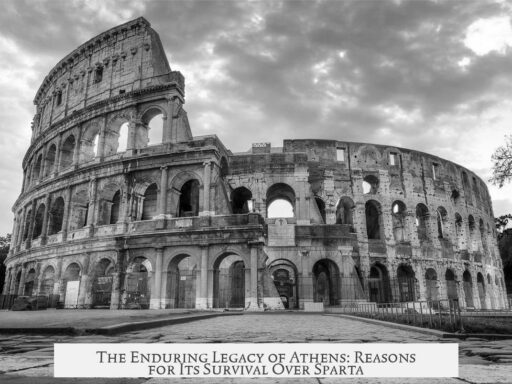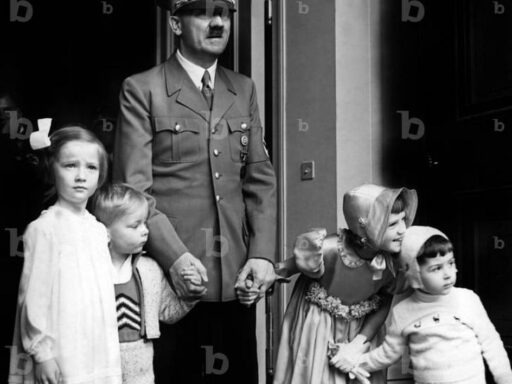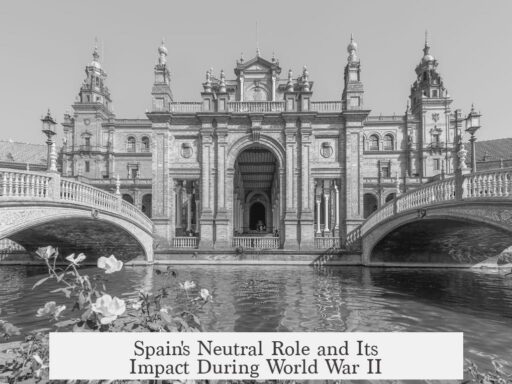Charlemagne was crowned “Emperor of the Romans” (Imperator Romanorum), not “Holy Roman Emperor.” This distinction is critical to understanding early medieval imperial titles and the shifting political landscape of Europe at the turn of the 9th century.
On December 25, 800 AD, Pope Leo III crowned Charlemagne Emperor of the Romans in St. Peter’s Basilica, Rome. This event marked a revival of the imperial title in Western Europe after the fall of the Western Roman Empire. The title “Imperator Romanorum” connected Charlemagne directly to the legacy of ancient Rome, signaling his role as the secular ruler of the Roman Christian world.
At this time, the Byzantine Empire was ruled by Empress Irene, who had become sole ruler after allegedly blinding and deposing her son, Emperor Constantine VI. The idea of a female Roman Emperor unsettled many in the West. Pope Leo III and other Western leaders viewed Charlemagne’s coronation as a necessity to uphold Roman imperial authority in the West, particularly since Byzantine claims were weakened.
The term “imperator” originally meant “commander” in ancient Rome but evolved into a title synonymous with emperor. The Greek equivalent was “autokrator,” often paired with “basileus” (king). In the Germanic languages, “imperator” influenced the term “Kaiser,” derived from “Caesar,” which later described Holy Roman Emperors.
Importantly, the designation “Holy Roman Emperor” was not used during Charlemagne’s reign. Emperors were known as “Emperor of the Romans” or “Kaiser.” The adjective “Holy” (Latin: “Sacrum”) only appears in imperial titulature during the 12th century, particularly associated with Frederick Barbarossa’s reign, and even then it translates more accurately as “Sacred” rather than strictly “Holy.”
Charlemagne’s coronation established the precedent, but the formal title “Holy Roman Emperor” did not exist at his time. For example, Emperor Charles V in the 16th century styled himself as “Emperor of the Romans,” listing numerous royal titles, but still not “Holy Roman Emperor.”
- Charlemagne was crowned “Emperor of the Romans” (Imperator Romanorum) in 800 AD.
- The Byzantine Empire’s political turmoil and Empress Irene’s rule influenced Charlemagne’s coronation.
- The title “imperator” evolved from Roman military leader to emperor.
- The term “Holy Roman Emperor” arose later, around the 12th century, with contested interpretations.
- Medieval and early modern emperors primarily styled themselves “Emperor of the Romans.”
